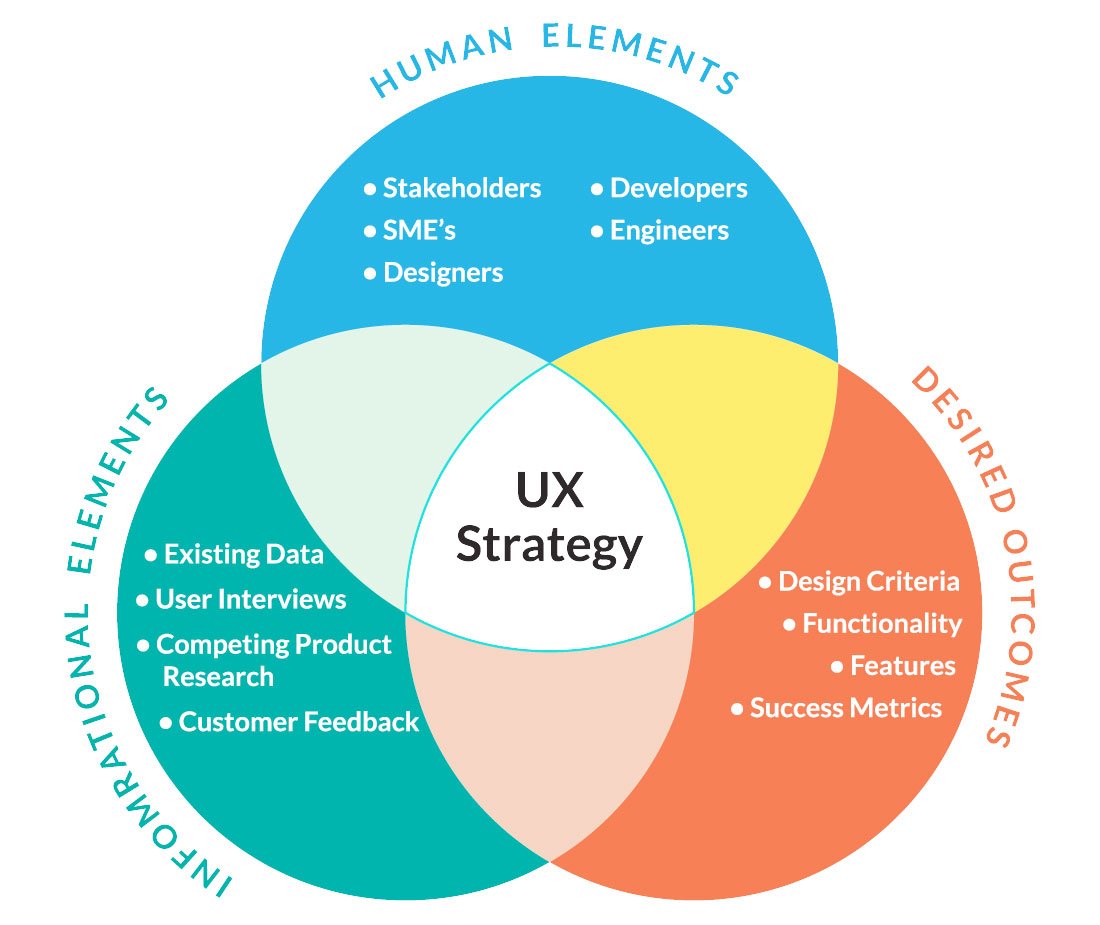UX Strategy is not UX Design, it’s a blend of both business development and UX Design. UX Strategy is big picture thinking. It’s not about the design, content, usability and the users experience with it. But with the product as a whole. Taking informational elements, human elements and desired outcomes to gage what the best approach for the design (or product) should be.
Strategy is a high level plan to achieve one or more goals under conditions of uncertainty. – Wikipedia
Human Elements
Websites for older demographics are not like those for younger ones. People in a older demographic can have a hard time seeing or reading smaller fonts on a page. Contrast in colors is important to ease the use as well. If your audience wears bi-focals you have to consider the size and spacing of your objects to help focus on what you want them to read or interact with. This matters to for anything with a label or the demographic it’s for.
Now think about the iPhone 5 vs iPhone 6 and up. When the iPhone 5 was released it was perfect to fit in one hand and with your thumb reach all the apps and controls. With the release of bigger screens, the iOS had to be adjusted to keep that functionality for usability. After all, using a phone with two hands isn’t ideal for a busy person. Watch the first half of the video below to see what I mean, and example of UX Strategy at work:
Informational Elements
In order to make judgements about what works best you have to have the data. Customer feedback, user interviews and reviewing competing products are needed as part of the accumulation of data. For example, e-commerce sites should waste no time if the product is popular placing up front. If your website traffic on the product pages is declining then it’s time to look at user traffic. After all you want to make money and in doing that make it easy to access what your customers want.
Desired Outcomes
First after collecting what your user wants, you can begin sketching out your design. Here you want to create something that people love using. The product solves pain points with your consumers and creates brand ambassadors. These people sell your product for little or no return because they love it.
This creates new converts and users that also will go out and through word-of-mouth get new customers. But you have to do customer discovery first. Is it something that you can sell, but people would buy before you advertise it.

One you’ve completed your design, you’re not finished. You will evolve as the market does. You’re really never done because you need to keep your website and services current. After releasing and testing you’ll need to evaluate those results to improve your product. Imagine if Chevy never updated their cars designs or functions. They would not be in the business of manufacturing cars today.
If you need a review on your products design or brands appearance we are here to help at Element 502.

